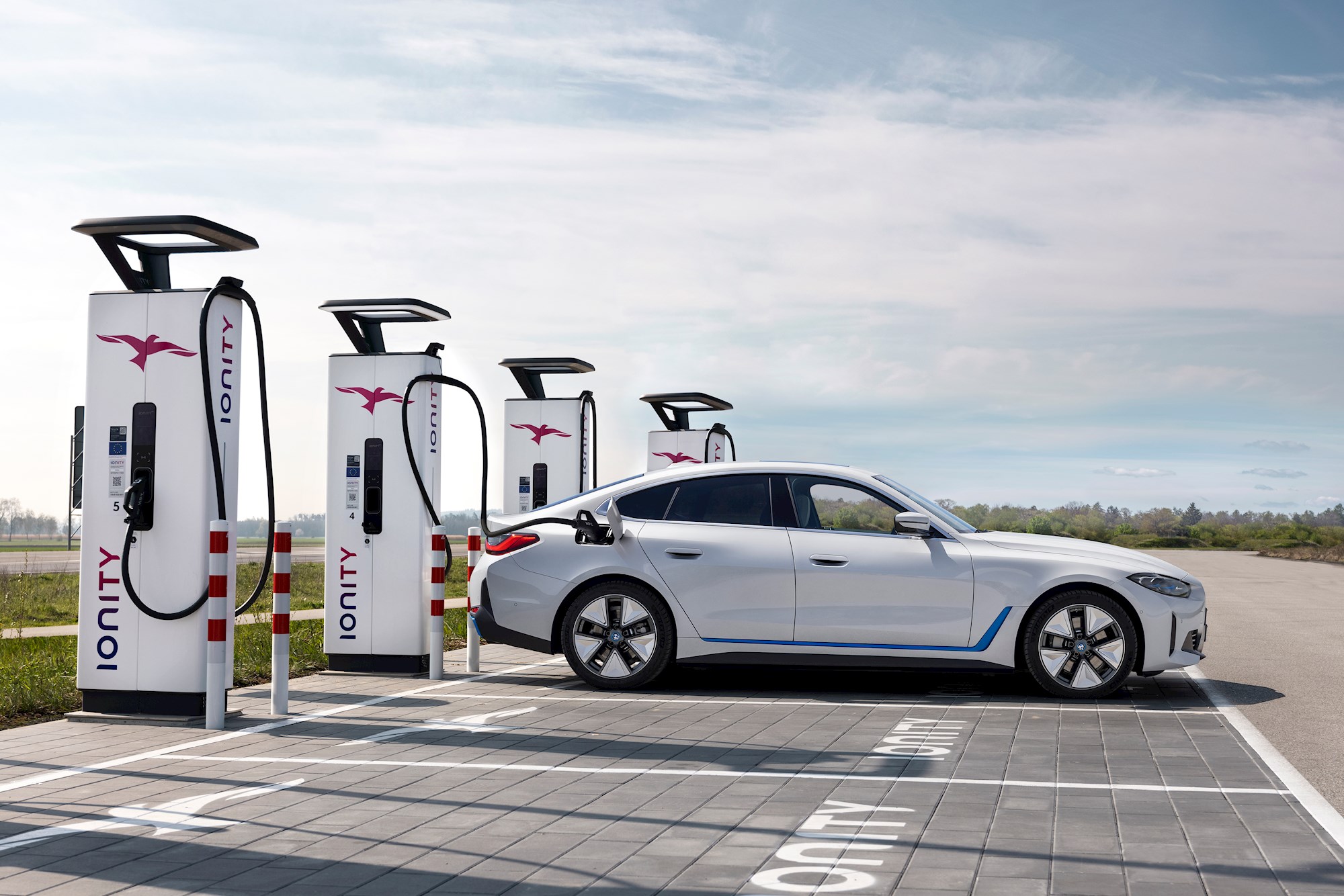BMW Group New Zealand has come out all charged up on World EV Day with a commitment to launch three all-new EVs by the first quarter of 2022, making a total of 10 in its local range: "...putting it at the top of the list for model availability not only among the premium segment, but of all manufacturers represented in NZ".
By 2023, BMW promises to have 25 EV models, with "more than half" being Battery Electric Vehicles (BEVs, or pure-electric). As early as 2030 the company expects half of its sales volume to be EVs; in the same year the Mini brand will become electric-only.

In November BMW NZ will launch both the iX3 (essentially a BEV version of the existing X3 SUV, pictured above) and the iX (below) new ground-up BEV billed as a "technology and design flagship".
The iX3 has a new-generation BMW eDrive system and is claimed to offer up to 460km on the WLTP test cycle.
The radical-looking iX will come in two variants, with up to 630km range and the capacity to add 150km of range in just 10 minutes.
To view all BMW BEVs listed on DRIVEN, click here
Early in 2022 will come the i4 (pictured below in white), a "sporty all-electric Gran Coupe" in the mould of the current 4 Series range. At the top of the i4 range will be an M-badged version: the M50 will offer 400kW and a range of 510km.

BMW says a key element of its more sustainable future focuses on the entire life cycle of its vehicles, including production and upstream supply chain. The Group is aiming for a reduction of CO2 emissions per vehicle of at least 40 per cent.
To view all BMW PHEV models listed on DRIVEN, click here
Since last year, 100 per cent of electricity purchased for the BMW Group’s plants worldwide has been from renewable energy sources. The company also recycles 99 per cent of the 760,000 tonnes of material waste from the production of almost 2.5 million vehicles a year.
Currently, BMW vehicles on average are manufactured using almost 30 per cent recycled and reusable materials. It plans to raise this figure to 50 per cent.

These sustainability measures relate directly to the iX3 and iX. The amount of the raw material cobalt used in the high-voltage 80kWh battery of the iX3 has been reduced by around a third compared with the previous-generation technology in the BMW i3.
BMW Group has adopted its own procurement process for the cobalt and lithium it supplies to the producers of the battery cells, part of which involves monitoring compliance with environmental and social standards.
The BMW-specific design of the electric motor dispenses with the need for rare-earth metals in the rotor. Secondary raw materials are used in the manufacture of aluminium castings and thermoplastics.

On the iX, there's a "high proportion" of secondary aluminium and reused plastic. The amount of secondary nickel used for the high-voltage battery is as high as 50 percent, with the battery housing containing up to 30 per cent secondary aluminium.
The interior of the iX uses FSC-certified wood, leather tanned with olive leaf extracts and other natural materials. Recycled fishing nets are among the raw materials used for the floor coverings and mats.
Electricity used to produce both the BMW iX and i4 is generated via hydroelectric plants in Bavaria.
BMW has pointed to future directions for sustainable vehicles with the i Vision Circular concept car: "a compact, all-electric vehicle for the year 2040".
It was designed according to "circular economy principles" across the board, with the aim of 100 per cent recycled materials and 100 per cent recyclability.
Even the solid-state battery is 100 per cent recyclable and manufactured "almost entirely" using materials from the recycling loop.

The i Vision Circular also shows that BMW is not finished messing with its iconic kidney grille frontal styling. On the concept car, the kidney shapes are back to being horizontal but absolutely dominate the face of the car. And they are not grilles at all: each section is a massive digital surface that can do anything from projecting light to displaying messages.






















